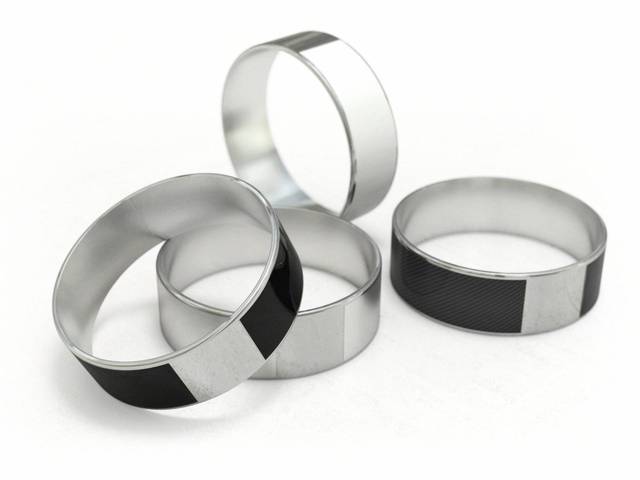Kickstarter Campaign Beats Google to Password Jewelry
We’ve known since January this year that Google is experimenting with using physical tokens such as USB keys or even jewelry to take the place of passwords (see “Google Wants to Replace Your Passwords with a Ring”). Now it looks like a Kickstarter-funded UK company is going to beat them to getting jewelry that can authenticate you onto the market.

That company’s product is called the NFC Ring, and the Kickstarter campaign ended yesterday, raising just under £241,000 (almost $380 thousand). The ring has contactless, or RFID, technology built in and can be used to automatically unlock an NFC-capable phone when a person picks it up, or to operate other RFID devices such as door locks. One side of the ring stores “personal” data such as passwords, the other is intended for “public” data such as contact information. Pricing hasn’t been released for the ring, but getting the male size required a $43 donation to the Kickstarter campaign.
Videos of prototypes in action – like this one – show that it can work pretty smoothly. The ring is designed so that you need to hold it within a millimeter of something for it to be read to reduce the risk of it being accidentally or maliciously read. You can program credentials into the two sides of the ring and use a companion Android phone app to set up various functions on devices with contactless technology built in.
Using the NFC Ring to replace online passwords is trickier than programming it to interact with other RFID devices, though. RFID readers that plug into a USB port are cheap, but software would be needed to enable the ring to send a password or other credentials to a website. NFC Ring and its users could certainly create browser plugins or other helper programs to do that but the company is small. Google’s greater resources and influence will likely see its approach to connecting jewelry with Internet services a better assault on the password problem.
Keep Reading
Most Popular
Large language models can do jaw-dropping things. But nobody knows exactly why.
And that's a problem. Figuring it out is one of the biggest scientific puzzles of our time and a crucial step towards controlling more powerful future models.
How scientists traced a mysterious covid case back to six toilets
When wastewater surveillance turns into a hunt for a single infected individual, the ethics get tricky.
The problem with plug-in hybrids? Their drivers.
Plug-in hybrids are often sold as a transition to EVs, but new data from Europe shows we’re still underestimating the emissions they produce.
Stay connected
Get the latest updates from
MIT Technology Review
Discover special offers, top stories, upcoming events, and more.